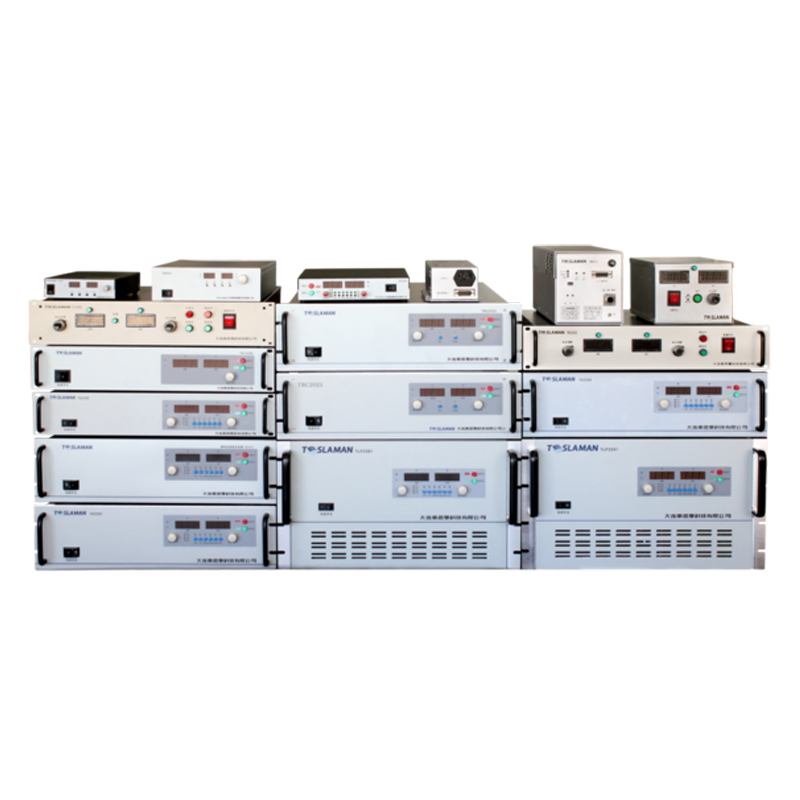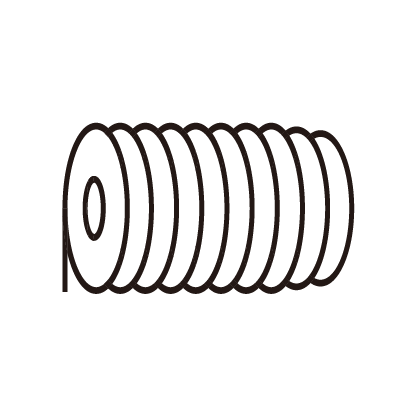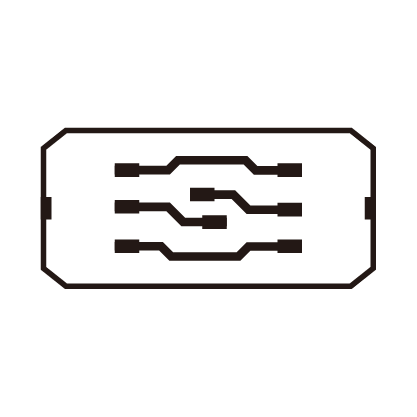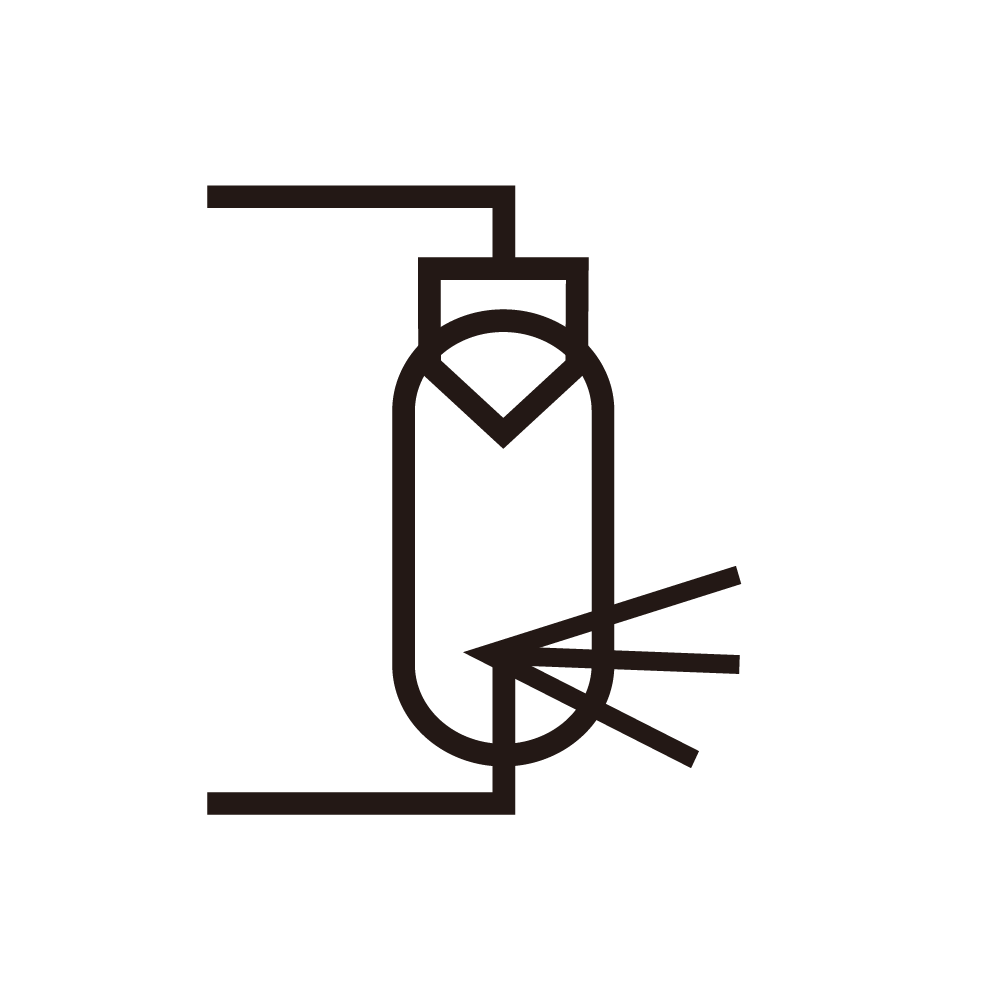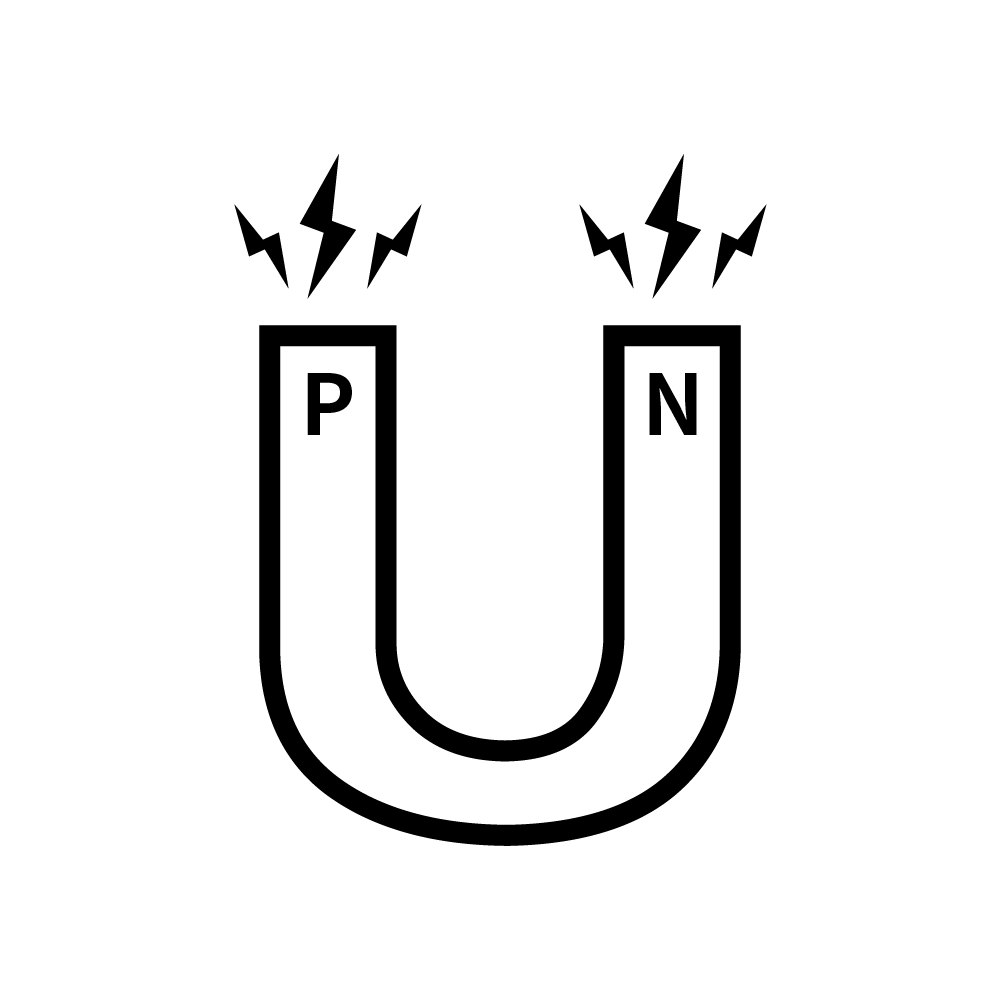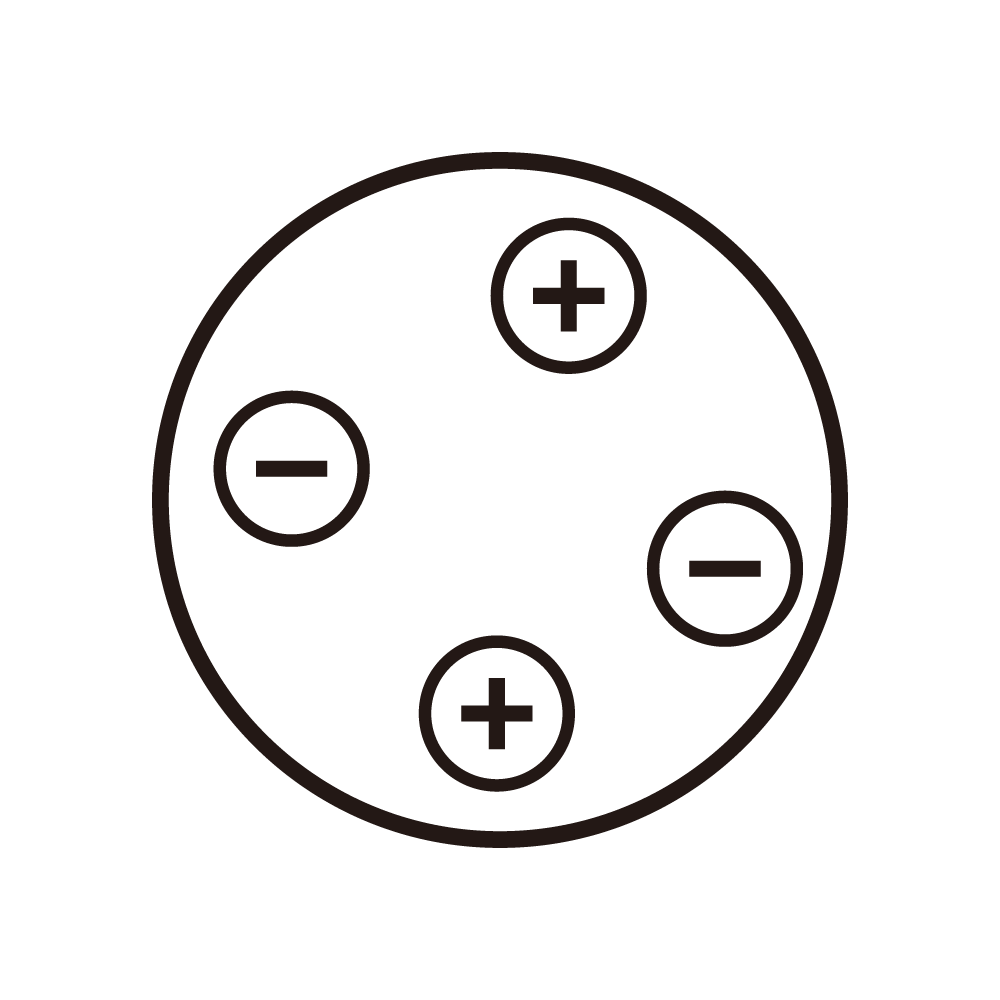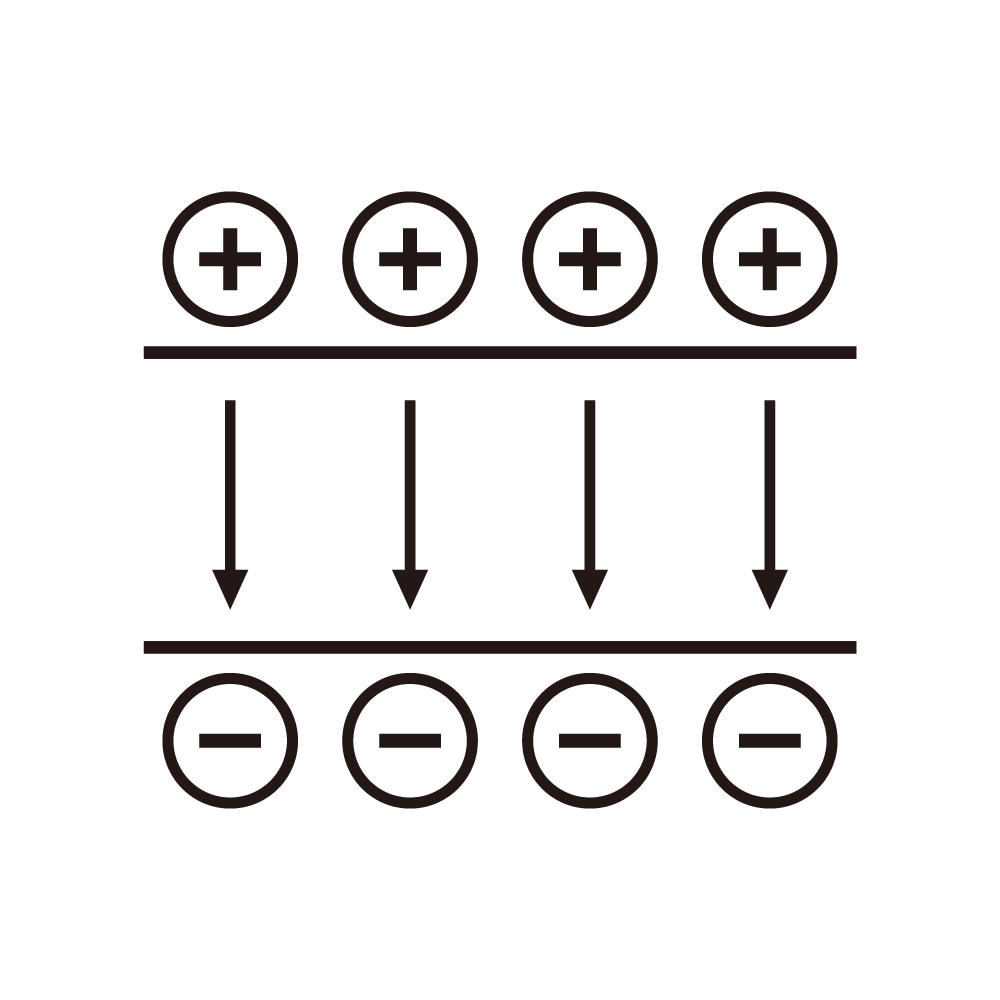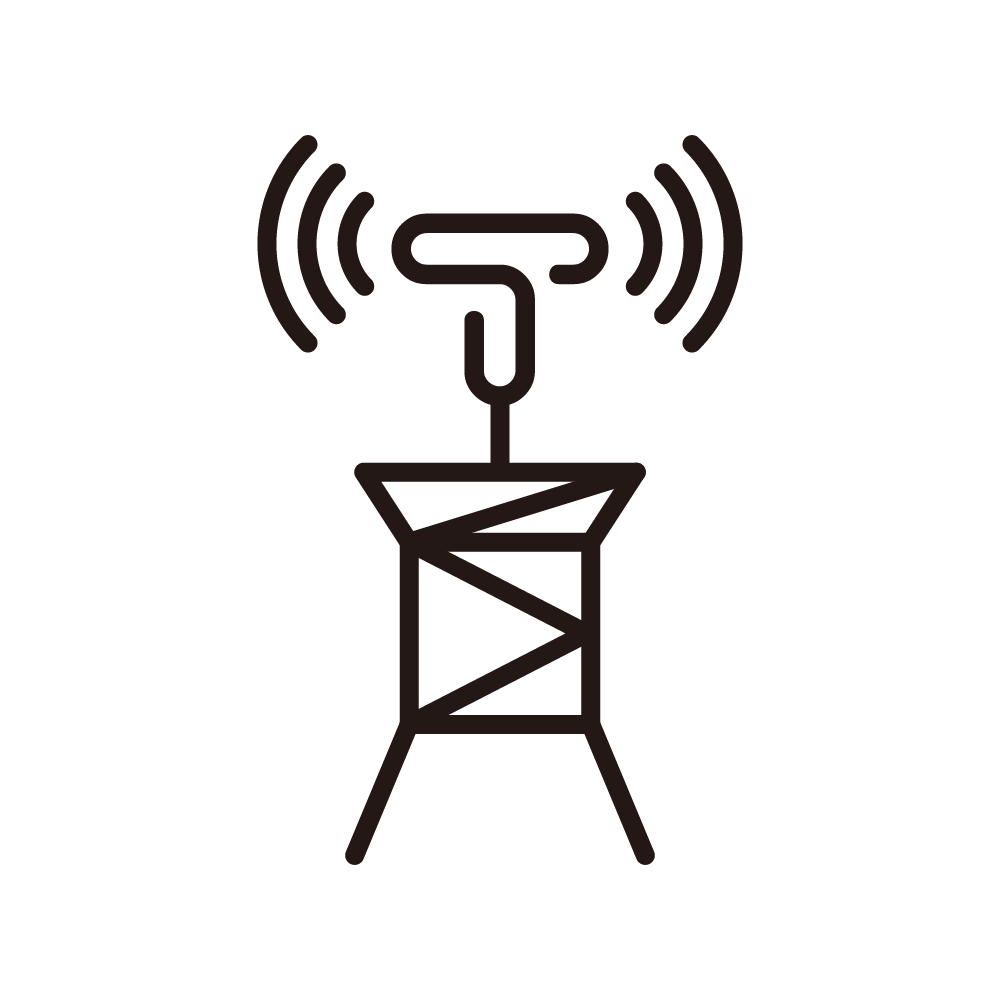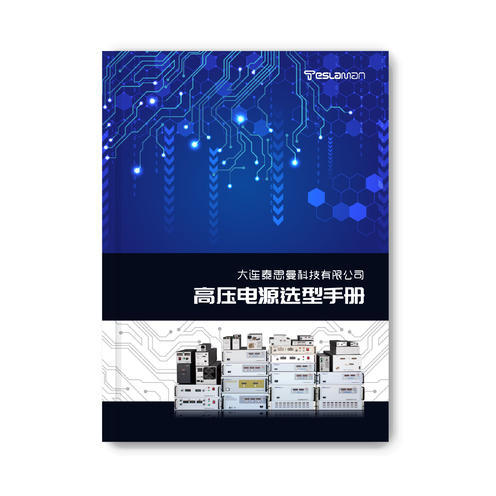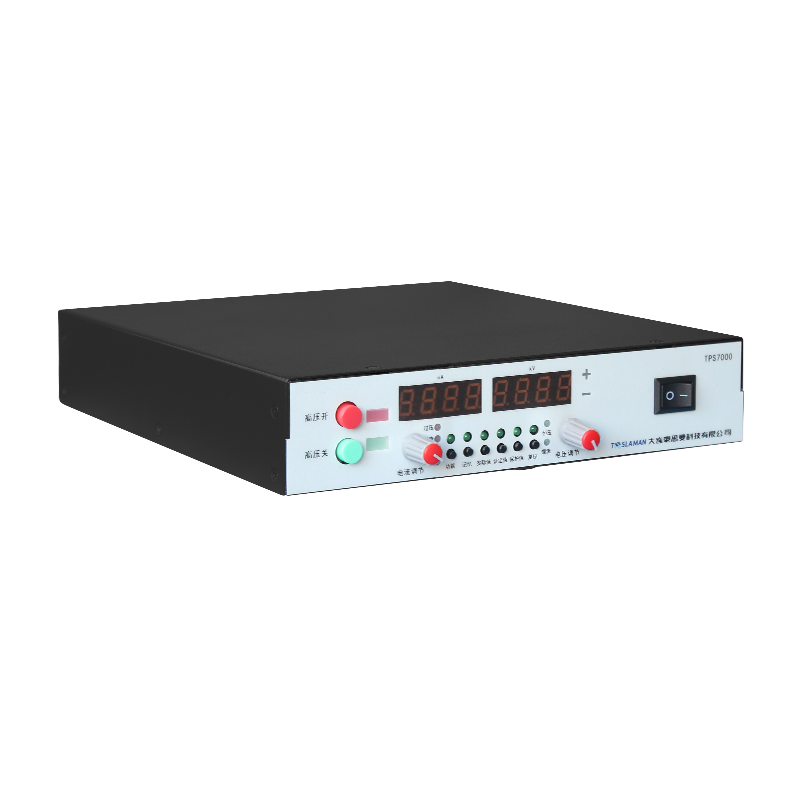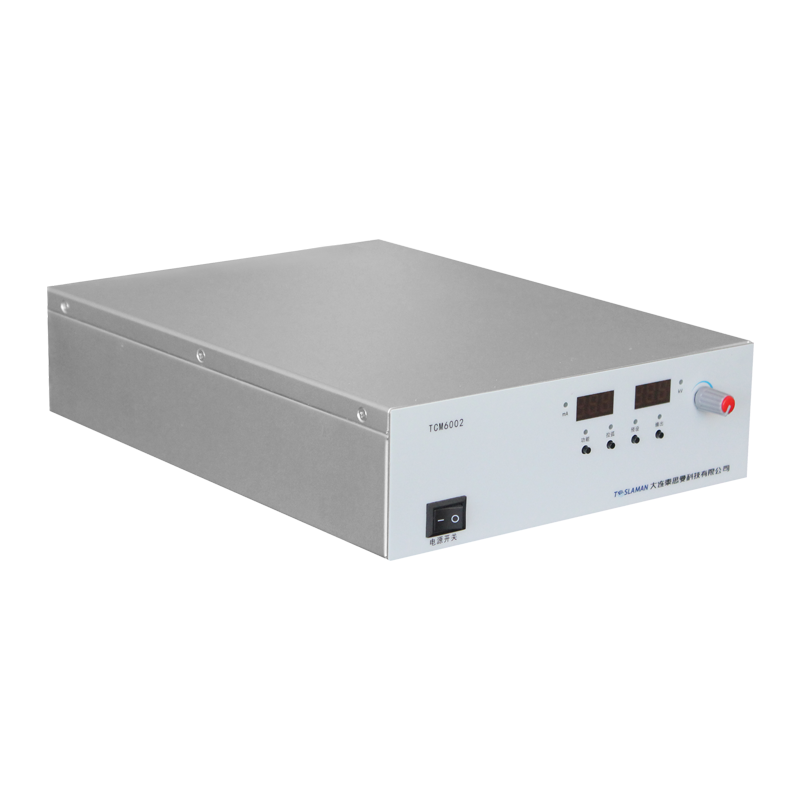Gas Dynamics Optimization for High-Voltage Power Supplies in Excimer Lasers
Excimer lasers, with their short-wavelength characteristics (193nm-351nm), are widely used in semiconductor lithography and precision machining. Their output performance depends on the coordinated operation of high-voltage power supplies and excimer gases (ArF, KrF, etc.). However, fluctuations in gas dynamic states (flow velocity, pressure, temperature) lead to uneven gas density in the discharge gap, resulting in laser pulse energy fluctuations exceeding ±8%. Meanwhile, increased gas temperature raises the discharge threshold voltage, increasing power supply energy consumption and gas loss.
To achieve optimized matching between the high-voltage power supply and gas dynamics, breakthroughs are needed in three aspects. Firstly, based on computational fluid dynamics (CFD) to simulate the flow field in the discharge cavity, the dynamic distribution of the 0.5-1m/s flow velocity field and 5-10atm pressure field is obtained. Based on this, the power supply pulse timing is optimized, so that the 20-50kV high-voltage pulse is triggered during the stable gas flow period, and the 10-50ns pulse width is adjusted simultaneously to avoid discharge deviations caused by gas flow disturbances. Secondly, a temperature-power coordinated control mechanism is established. A cavity temperature sensor (accuracy ±0.5℃) is used to monitor the gas temperature in real time. When the temperature exceeds 40℃, the power supply automatically reduces the pulse repetition frequency from 1kHz to 800Hz, and at the same time links with the cooling system to improve heat dissipation efficiency and maintain stable gas density. Finally, a gas composition-power supply parameter database is established. For different gases such as ArF and KrF, the optimal discharge voltage and current waveform are preset to realize automatic matching of power supply parameters.
Taking ArF excimer lasers as an example, after optimization, the laser pulse energy stability is improved from ±8% to ±3%, the power attenuation is ≤5% during 4 hours of continuous operation at a 1kHz repetition frequency, and the gas replacement cycle is extended by 20%. This not only reduces operating costs but also provides stable power support for high-power excimer laser applications.
